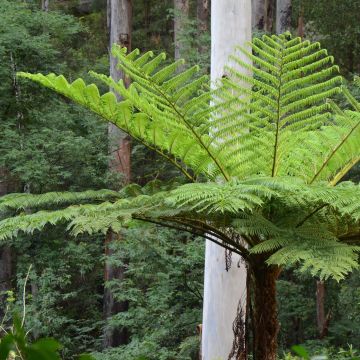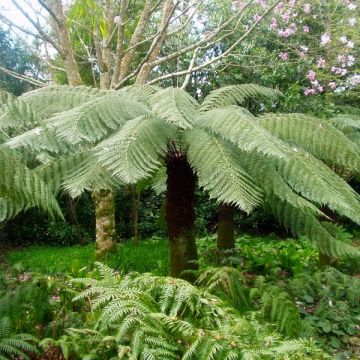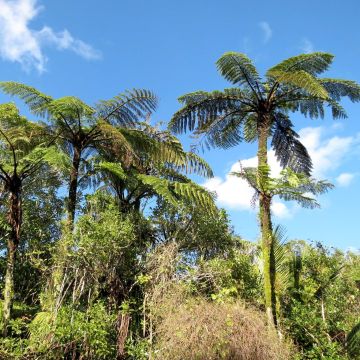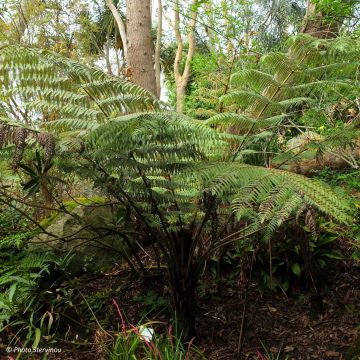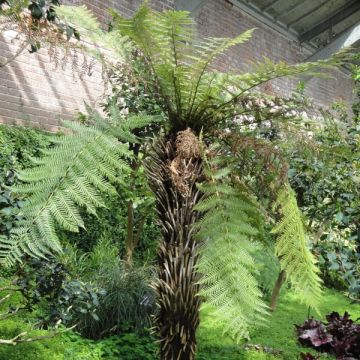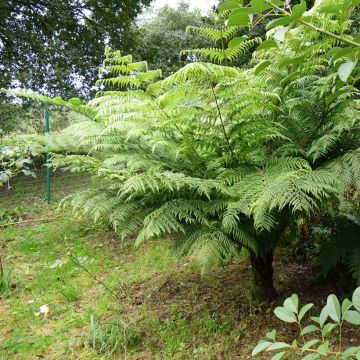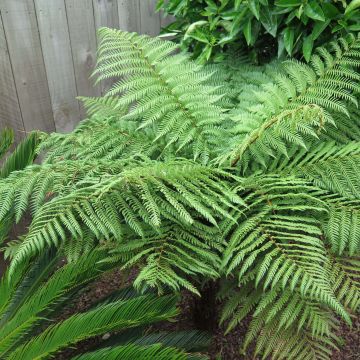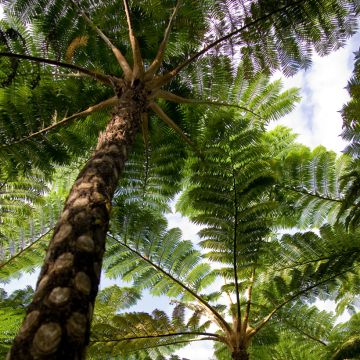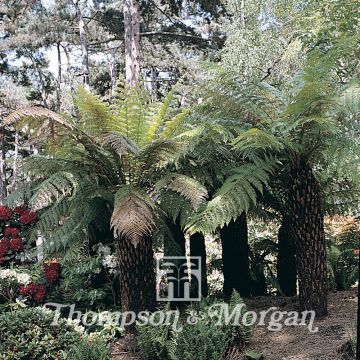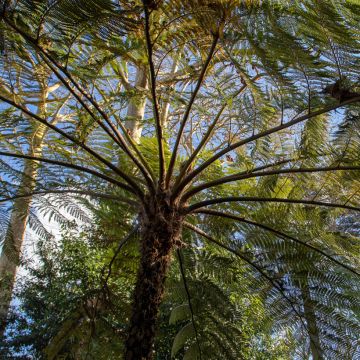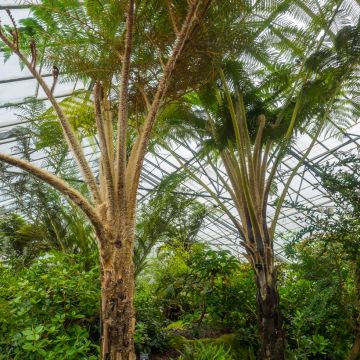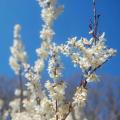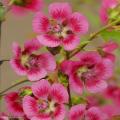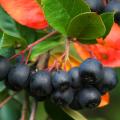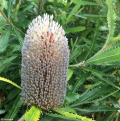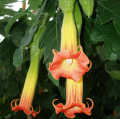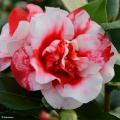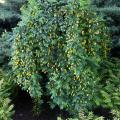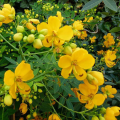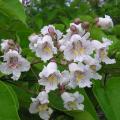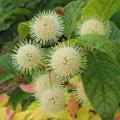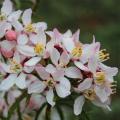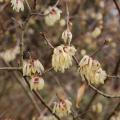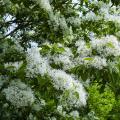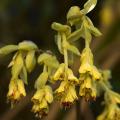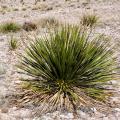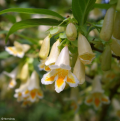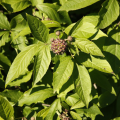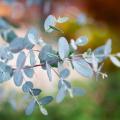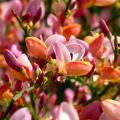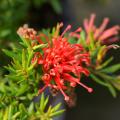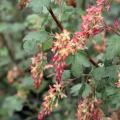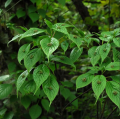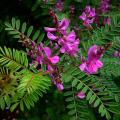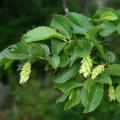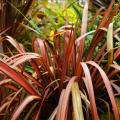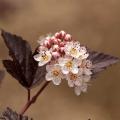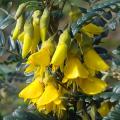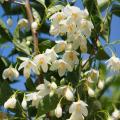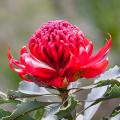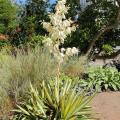Tree Ferns
Does this plant fit my garden? Set up your Plantfit profile →
Available in 1 sizes
Available in 4 sizes
Available in 1 sizes
Available in 1 sizes
Available in 1 sizes
Available in 1 sizes
Available in 1 sizes
Available in 1 sizes
Available in 1 sizes
Available in 1 sizes
Available in 1 sizes
Arborescent ferns, beautifully represented by Dicksonia antarctica, the hardiest of the genus, are perfect for bringing a Jurassic, even more than exotic, touch to the garden or patio. This ancient green plant, which hasn't evolved for... 130 million years, loves humid and semi-shaded environments, sheltered from strong winds that damage its large feathery fronds. It needs to be watered at its heart, by pouring water into the middle of the plant in summer. However, there are other species of arborescent ferns, less well-known but just as spectacular, like Dicksonia fibrosa. We even offer packets of 'seeds' (actually spores) in a mixture of varieties of Cyathea and Dicksonia, the sowing of which represents a real challenge for passionate, patient and experienced gardeners!
Arborescent ferns are not known for their great hardiness, however, some are hardy enough without any protection, down to -7°C (19.4°F), and even down to -10°C (14°F) if they are in a sheltered, wind-free location. Beyond that, winter protection is necessary. Another solution is to grow them in a large pot that can be brought indoors in winter into a frost-free or minimally heated conservatory.
Haven't found what you were looking for?







































